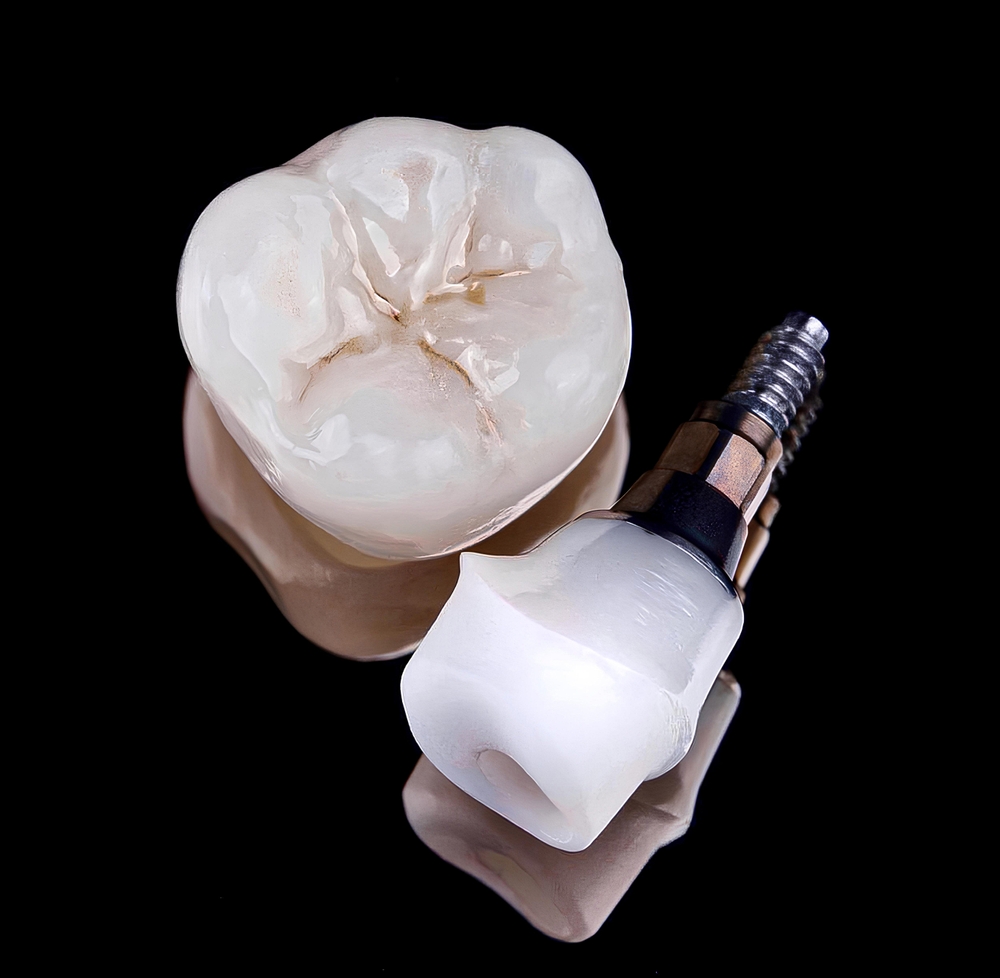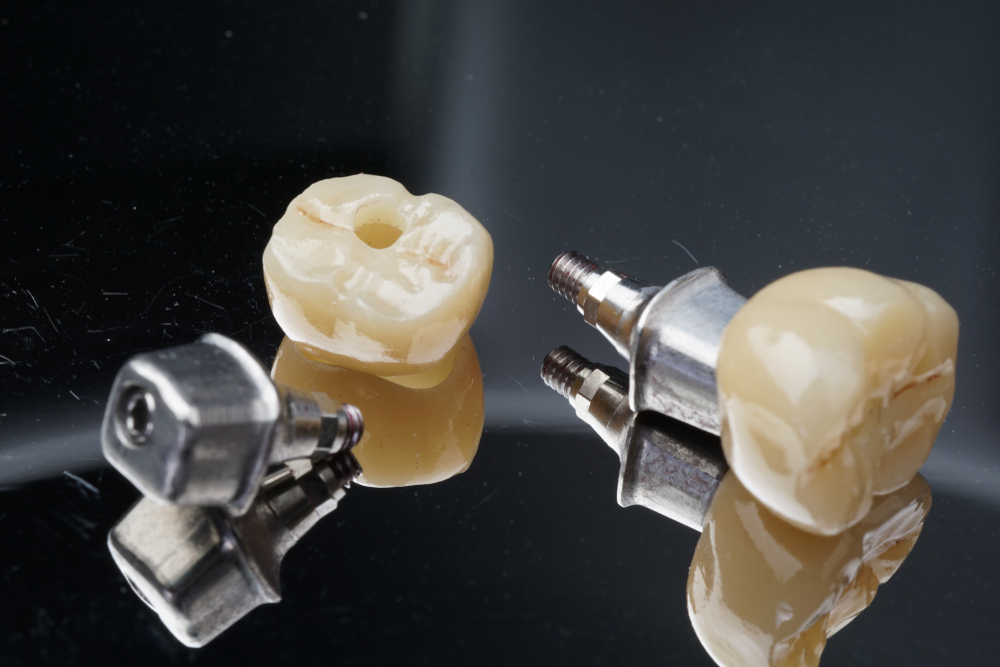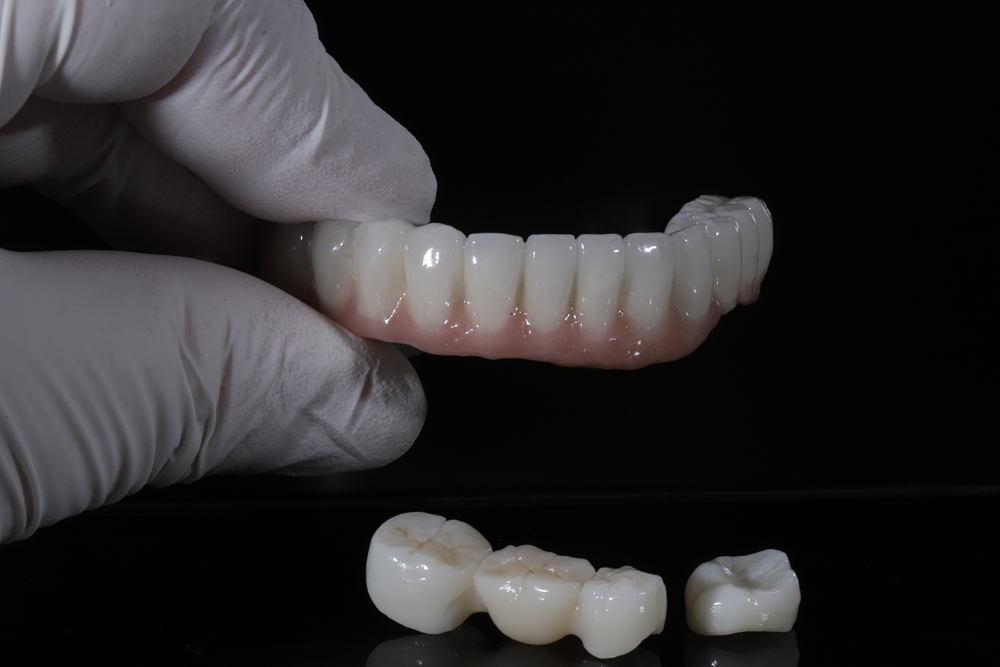In the ever-evolving landscape of modern dentistry, a revolutionary advancement has emerged that promises to redefine the way we approach dental restorations. Monolithic zirconia restorations have garnered significant attention and acclaim within the dental community for their remarkable advantages and exceptional performance. As a state-of-the-art solution, monolithic zirconia restorations are reshaping the field by offering a host of benefits that elevate both the patient experience and the dentist’s capabilities.
Unveiling Monolithic Zirconia Restorations: What Are They?
Before diving into the advantages, let’s understand what monolithic zirconia restorations entail. Monolithic zirconia restorations are dental prosthetic devices, such as crowns, bridges, and implant-supported restorations, that are crafted entirely from a single piece of zirconia ceramic material using advanced CAD/CAM (Computer-Aided Design/Computer-Aided Manufacturing) technology. Unlike traditional restorations that involve layering different materials, monolithic zirconia restorations are solid and homogeneous structures made from a single block of zirconia.
Zirconia, in this context, refers to zirconium dioxide (ZrO2), a biocompatible ceramic material known for its exceptional strength and durability. It has been used in various industries for its mechanical properties, and its application in dentistry has revolutionized the field of restorative dentistry.
The process of creating monolithic zirconia restorations involves several steps:

- Digital Scanning: The process begins with digital impressions of the patient’s teeth or the area requiring restoration. These digital scans are more comfortable for patients compared to traditional impression materials.
- Digital Design: The digital scan data is used to create a precise virtual model of the restoration site. Dental professionals can design the restoration using specialized software, ensuring an accurate fit and optimal aesthetics.
- CAD/CAM Milling: Once the design is finalized, a milling machine (CAM) uses the CAD data to carve the restoration out of a solid block of zirconia material. This computer-controlled milling process ensures precision and consistency.
- Sintering: After milling, the restoration is subjected to a high-temperature sintering process. Sintering involves heating the zirconia to a temperature where the ceramic particles fuse together, resulting in a dense and strong final restoration.
- Finishing and Polishing: The restoration is then carefully finished and polished to achieve the desired surface texture and aesthetics. This step ensures that the restoration looks and feels natural within the patient’s mouth.
- Placement: Once the restoration is ready, it is placed and secured onto the prepared tooth or implant. The fit is crucial to ensure proper occlusion and functionality.
Advantages That Set Monolithic Zirconia Restorations Apart:
Exceptional Strength and Durability:
Monolithic zirconia restorations are renowned for their unmatched strength, making them an ideal choice for posterior teeth restorations that require resilience against chewing forces. Zirconia’s inherent toughness minimizes the risk of chipping or fracture, ensuring the longevity of the restoration.
Aesthetics without Compromise:
While the focus of monolithic zirconia was initially on strength, advances in dental technology have led to improvements in aesthetics as well. Modern monolithic zirconia restorations offer lifelike translucency and color-matching capabilities, allowing them to blend seamlessly with natural teeth.

Minimized Wear on Opposing Dentition:
The smooth and polished surface of monolithic zirconia reduces wear on the opposing dentition, preserving the integrity of the patient’s natural teeth and promoting long-term oral health.
Biocompatibility:
Zirconia is biocompatible, which means it’s well-tolerated by the body and less likely to cause allergic reactions or adverse tissue responses. This is crucial for patient comfort and overall health.
Efficiency in Placement:
The digital design and manufacturing process of monolithic zirconia restorations streamline the treatment workflow. Dentists can achieve precise and predictable results, and the restorations can often be placed in fewer appointments compared to traditional methods.
Minimized Marginal Microleakage:
The monolithic nature of zirconia restorations reduces the risk of marginal microleakage, decreasing the likelihood of recurrent decay or secondary caries.
Stain and Decay Resistance:
Zirconia’s impermeable surface resists staining, helping the restoration maintain its aesthetics over time. Additionally, the material’s resistance to decay contributes to the restoration’s long-term success.
Versatility:
Monolithic zirconia restorations can be used for a wide range of applications, from single crowns to bridges and even implant-supported prosthetics, providing a versatile solution for various clinical scenarios.
In Conclusion
In conclusion, the advantages of monolithic zirconia restorations are undeniable. From their durability and aesthetics to their efficiency and versatility, these restorations represent a leap forward in dental technology. As dentists continue to embrace this innovative approach, patients can look forward to more comfortable, durable, and aesthetically pleasing dental restorations that enhance both their smiles and their overall quality of life.




